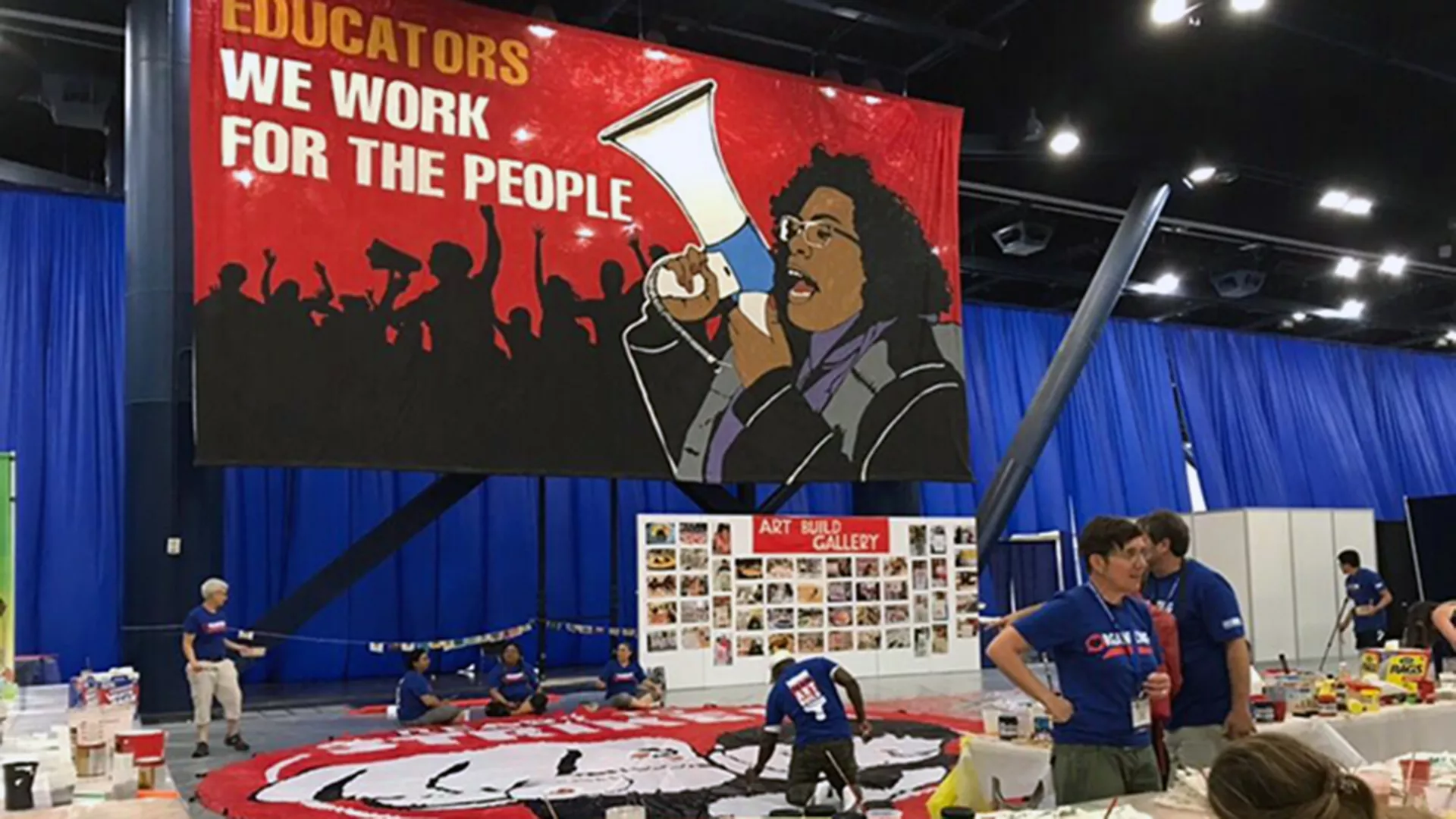NEA’s Annual Meeting takes place during the final week of June and/or the first week of July. Various committees, constituencies, caucuses, leadership groups, and delegates from state and local affiliates gather to set policy and chart the direction of NEA business.
The Representative Assembly (RA) takes place during the final four days of the Annual Meeting. It is the primary legislative and policymaking body of the Association and derives its powers from, and is responsible to, the membership. The Representative Assembly adopts the strategic plan and budget, resolutions, the Legislative Program, and other policies of the Association. Delegates vote by secret ballot on proposed amendments to the Constitution and Bylaws. Those delegates with full voting rights elect the executive officers, Executive Committee members, and at-large members of the NEA Board of Directors, as appropriate.
The RA consists of nearly 7,000 educator delegates from diverse communities who represent state and local affiliates, student members, retired members, and other segments of the united education profession. Further information on the RA is contained in Article III of the Constitution and in Bylaw 3. The RA is the largest democratic deliberative assembly in the world and adheres to Roberts Rules of Order.

